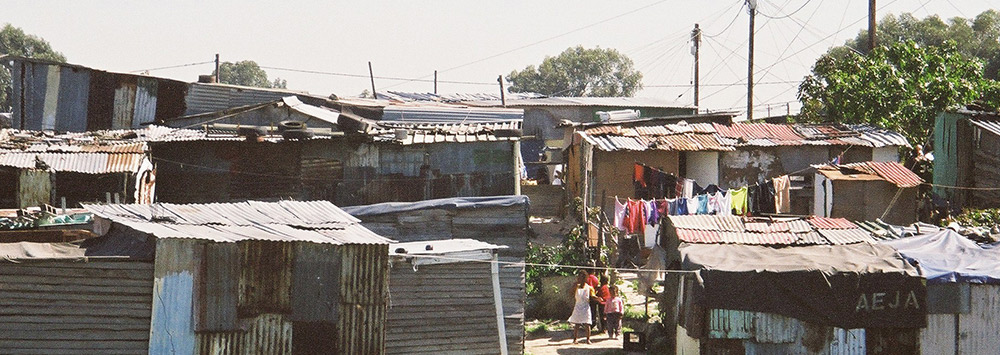SURVEYING PEOPLE’S EXPERIENCES OF INEQUALITY AND THEIR ATTITUDES TO INEQUALITY
The aim in Theme 3 is to design a new module of questions on people's lived experiences of inequality to be fielded in the 2017 round of the South African Social Attitudes Survey (SASAS). These survey questions will be designed to generate new insights into people's attitudes to inequality, including the processes through which people experience inequality and the extent to which people’s experiences of inequality subsequently shapes their life choices.
A range of relevant inequality-related questions have already been included in different rounds of SASAS over the past decade. In particular, the 2009 round of SASAS contained the ISSP module on inequality. (The earlier ESRC/NRF Pathfinder project interrogated the 2009 round of SASAS to examine attitudes towards inequality and the government’s responsibility for redress and found a strong consensus across the population that inequality in South Africa was too high and that the government had a responsibility to reduce inequality by redistributing income from those with high incomes to those with low incomes.)
The initial part of Theme 3 involved reviewing the existing questions that have been asked in SASAS over the past decade and collating relevant evidence together from the separate survey rounds. This initial analysis of previous SASAS rounds helped to inform the design of the qualitative focus group work detailed in Theme 2. The emerging findings from the focus groups then helped to inform the process of reviewing and sharpening the 2017 SASAS questions. As such, there has been a two-way flow of information between Themes 2 and 3.
The 2017 round of SASAS is scheduled to go into the field in the latter part of 2017, with results becoming available in the early part of 2018. Once the results are received the analysis will commence.
SASAS is a nationally representative survey which will enable disaggregation of the results by broad population category and area type. Although SASAS will not permit detailed consideration of the specific case study area of Cape Town, it will provide a valuable new source of evidence concerning attitudes to inequality across the country.
